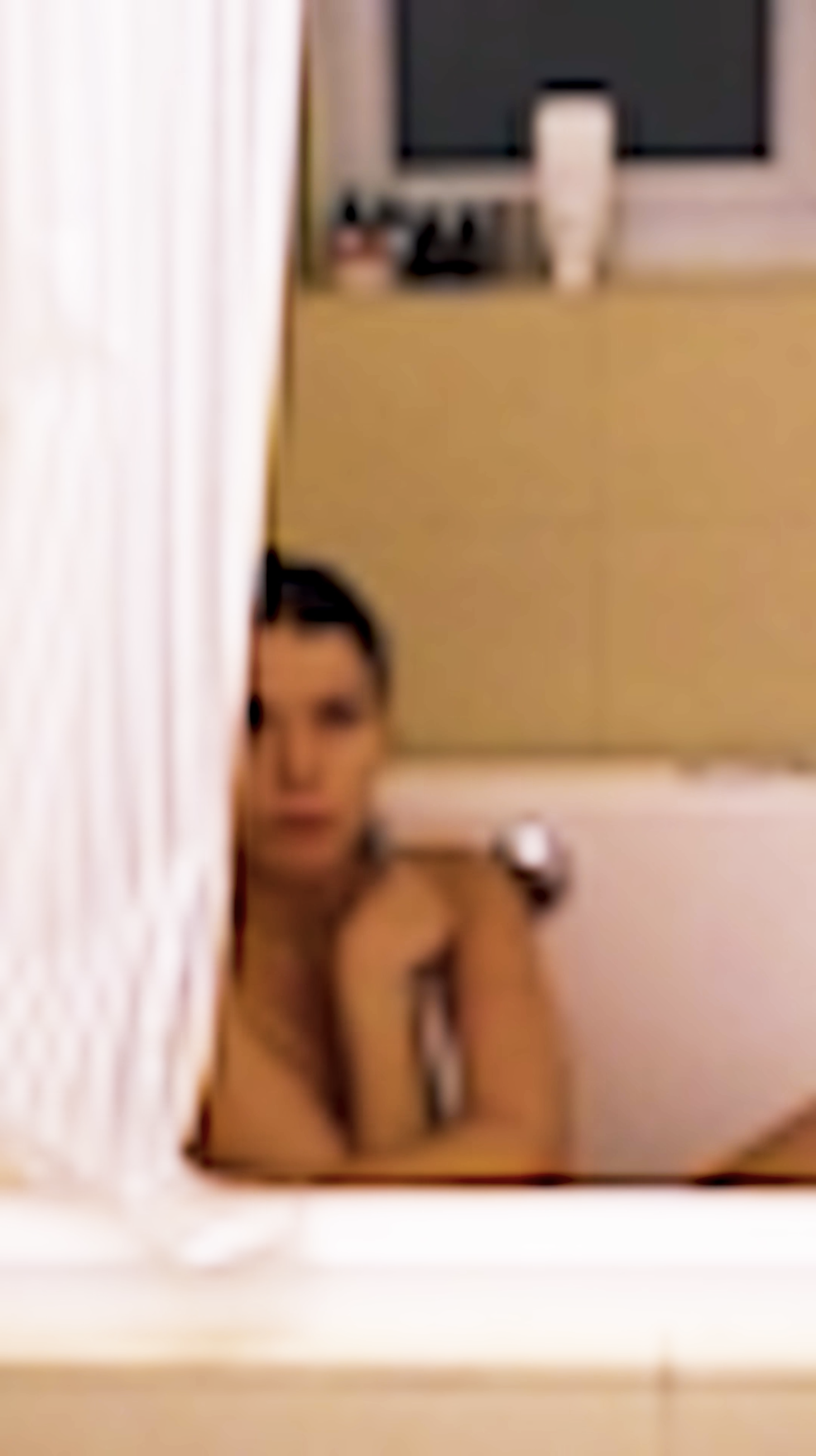Almost There (2021)
Interactive objects: wooden frames, matte screens, microprocessors, sensors, single-channel videos
50x30x5 cm
50x30x5 cm
‘Almost There’ is a series of 5 interactive self-portraits that capture the emotional landscape of solitary living in between digital and physical space. Time gets distorted, and a room becomes an extension of the body. Reality feels compressed as a face transmitted somewhere far away on a video call.
Each of the portraits in the series is a digital painting: slow videos on matte screens, installed in wooden frames, hiding microcomputers and sensors. The visual aesthetic is inspired by old Dutch and Danish painting tradition and the video call’s low-quality image. The portraits are interactive, they react to a viewer coming closer, acknowledging her presence by a subtle movement. The connection never quite happens, as when we connect digitally.
Each of the portraits in the series is a digital painting: slow videos on matte screens, installed in wooden frames, hiding microcomputers and sensors. The visual aesthetic is inspired by old Dutch and Danish painting tradition and the video call’s low-quality image. The portraits are interactive, they react to a viewer coming closer, acknowledging her presence by a subtle movement. The connection never quite happens, as when we connect digitally.

— The series of interactive self-portraits was a result of my reflection on the space of missing. It appeared as a response to the isolation and peculiar mental states I was going through, being in a long-distance relationship during the lockdown [Self-Portraits 03, 05, 01, 04, 02. UK New Artist of the Year exhibition at the Saatchi Gallery, 2022]

— In this state, reality starts to resemble a stream of compressed pixels in a video call, where each participant performs for the other in a little rectangular window [Self-Portrait 02]

— The medium and the genre refer to a classical portrait and a long tradition of female self-portrait, often painted in a home environment, where women both lived and worked, quite as we do now [Still from Self-Portrait 01]

[Self-Portrait 01]

[Self-Portrait 02]

[Self-Portrait 03]

[Self-Portrait 04]

[Self-Portrait 05]
— The portraits are digital paintings; matte screens with slow videos, installed in the wooden boxes, reminiscent of frames. [Fragments from Self-Portraits 02, 03, 06]

— They are not too big to convey an intimate relationship with a view one gets in a video call. [Self-Portrait 01]

— The long duration videos are quiet, almost nothing happens in them, but time passes [Self-Portrait 02]
— The pieces may fit in both home and public environments. The former is a place where they belong, and the latter is a place that allows connecting with someone outside of the character's room [Window pop-up exhibition]

— The videos are as blurred as was my image of self. It is always difficult to see yourself, but quarantine has made it even harder [Still from Self-Portrait 03]
— The portraits are interactive. They react to a viewer coming closer, acknowledging her presence by a subtle movement. It's a hint of connection that never really quite happens, as when we connect digitally [Self-portrait 05, example of reaction]



— Each portrait has its own set of reactions. Some react with a glance, while others change their posture. Responses also vary in intensity: from a slight movement of the hand to a turn of the body towards you [Gifs from Self-Portraits 02, 03, 04. Examples of reaction]


— The potential of action creates tension, although the action itself never fully happens, as it doesn't in the disembodied space of digital encounters. This loop of incompleteness is also reflected in the name "Almost There" [Gif from Self-Portrait 01. Example of reaction]
— The interaction is randomized, and it's an algorithm that controls the movement. At times there might be no reaction at all. Both the viewer and the character in the portrait are neither totally free nor entirely dependant on each other [Self-Portrait 01. Example of interaction]